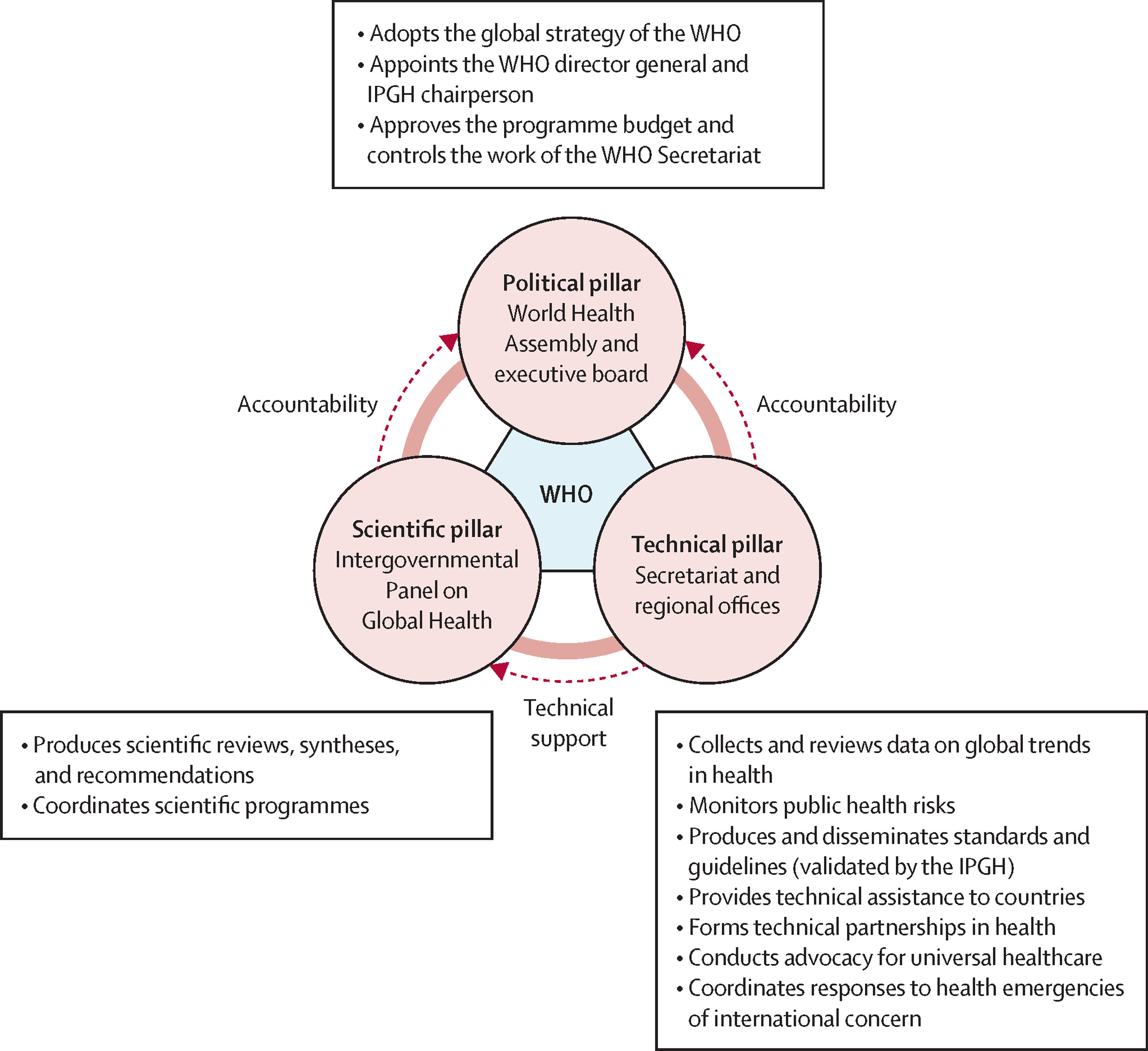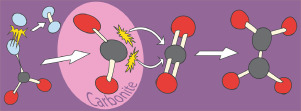This Comment article supports SDG 3, 13, and 17 by advocating the creation of a new model of multilateral governance on the basis of the experience gained in two other areas of global public goods governance—climate change and biodiversity.
Factors that influence the risk of neurocognitive decline and Alzheimer's disease (AD) may provide insight into therapies for both disease treatment and prevention. Although age is the most striking risk factor for AD, it is notable that the prevalence of AD is higher in women, representing two-thirds of case. The role of estrogen replacement therapy in reducing the risk of cognitive decline as well as dementia-related morbidity and mortality remains an active area of research. This perspective presents a testable working model of estrogen's relation to cognition with novel effect modifiers, including the degree of cholinergic dysfunction and the availability of choline from endogenous and exogenous sources. It also shows novel routes of investigation related to estrogen replacement and its interactions with menopausal timing, cholinergic signaling, and the influence of the endogenous (i.e., common PEMT variants) and exogenous (i.e., dietary) choline supply on cognitive function and risk of age-related cognitive decline and dementia.
Pollution by polymeric materials - in particular plastics - has a negative effect on the health of our planet. Approximately 4.9 billion tons of plastic are estimated to have been improperly disposed of, with the environment as their final destination. This scenario comes from a linear economic system, extraction-production-consumption and finally disposal.
Conversion of CO2 to valuable chemicals such as polymers via the electrochemical reduction of CO2 to formate followed by the formate to oxalate coupling reaction (FOCR) is an interesting concept to replace fossil feedstocks with renewable ones.
Explores connection between airline pilots' fatigue and their mental health, with implications for safety.
Of all the types of renewable energy, Renewable Natural Gas (RNG) market has been more supported and developed in Canada due to the lower project cost and the existing NG pipeline infrastructure.
The sequence diversity of HIV-1 is the biggest hurdle for the design of a prophylactic vaccine. Mosaic (Mos) antigens consisting of synthetically shuffled epitopes from various HIV-1 strains are currently tested in the clinical vaccine trial Mosaico (NCT03964415).
Advances in science have ushered in a wave of new potential curative and control strategies for HIV that could eliminate the current requirement for life-long antiretroviral therapy (ART) for people living with HIV (PLWH). In this article, we argue that it is critical to consider social contexts in the development of HIV cure trial protocols.
This Article advances SDGs 5, 9 and 10 by proposing intentional strategies for closing the gender pay gap in radiology, one of the four medical specialties with the largest gender pay gap. Closing the gender pay gap will demonstrate that radiology values diversity, inclusion, families, and patient outcomes.
This Article support SDGs 3 and 5, focusing on assessing outcomes in premenopausal women with oestrogen receptor positive breast cancer receiving ovarian suppression, in particular comparing tamoxifen versus aromatase inhibitors in this population.


